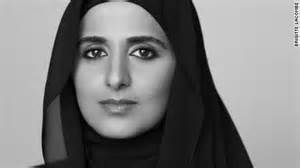I’ve always had an interest in Singapore because of it’s island country stature and it’s unique culture. So when I saw an article in the New York Times on Singapore’s growing art movements I knew I had to look into it. Apparently, Singapore has a reputation of being a pretty conservative country, strict to its “traditional Confucian values like filial piety, hierarchy and social order.” Since a bad scoring in literacy, Singapore has stressed its educational system, now producing a high number of literate students well versed in math and science. But something was lacking, their creative outlets and artistic freedom. This city-state has a set of vague censorship laws charged with, “safeguarding consumer and public interests.” Since these laws are wide ranging and ever-changing, this poses a challenge to museum and exhibit curators. One show described in the article was littered with signage warning of sensitive material, though this does not stop students from participating in art galleries. The amount of money and resources Singapore has poured into their art scene is paying off, both as an educational piece for students and visitors, but also as a venue for a range of art from Southeast Asia. The city is trying to break away from their law and civic based roots and add art into the mix, symbolically replacing its Supreme Court and City Hall buildings with a huge art venue, the National Gallery. The biggest challenge they face is still stressing their traditional values in their students, while infusing creativity, the goal is to add art in, not to replace an existing value completely with it.
While Singapore may struggle to contend with the Hong Kong art scene and lack the history of other large art hubs such as New York or London, it has seen a great increase in art interest in the past decade. The fact that Singapore’s government is a driving force behind the art movement means large stipends for art related development. It also appears that not much resistance is being given against art despite the wide array of censorship laws, but rather just an increased awareness of how an artwork might be offense, either sexually, religiously, or socially. The test will be of time and a evolution of artwork. Will artists become more and more active in their art? Will more and more contemporary pieces be shown? Will the censorship laws become more lenient or strict? Time will only tell.
http://www.nytimes.com/2016/02/10/opinion/singapores-artistic-experiment.html?emc=eta1&_r=0
http://artradarjournal.com/2013/06/08/singapore-art-scene-booming-5-gallerists-opinions/


